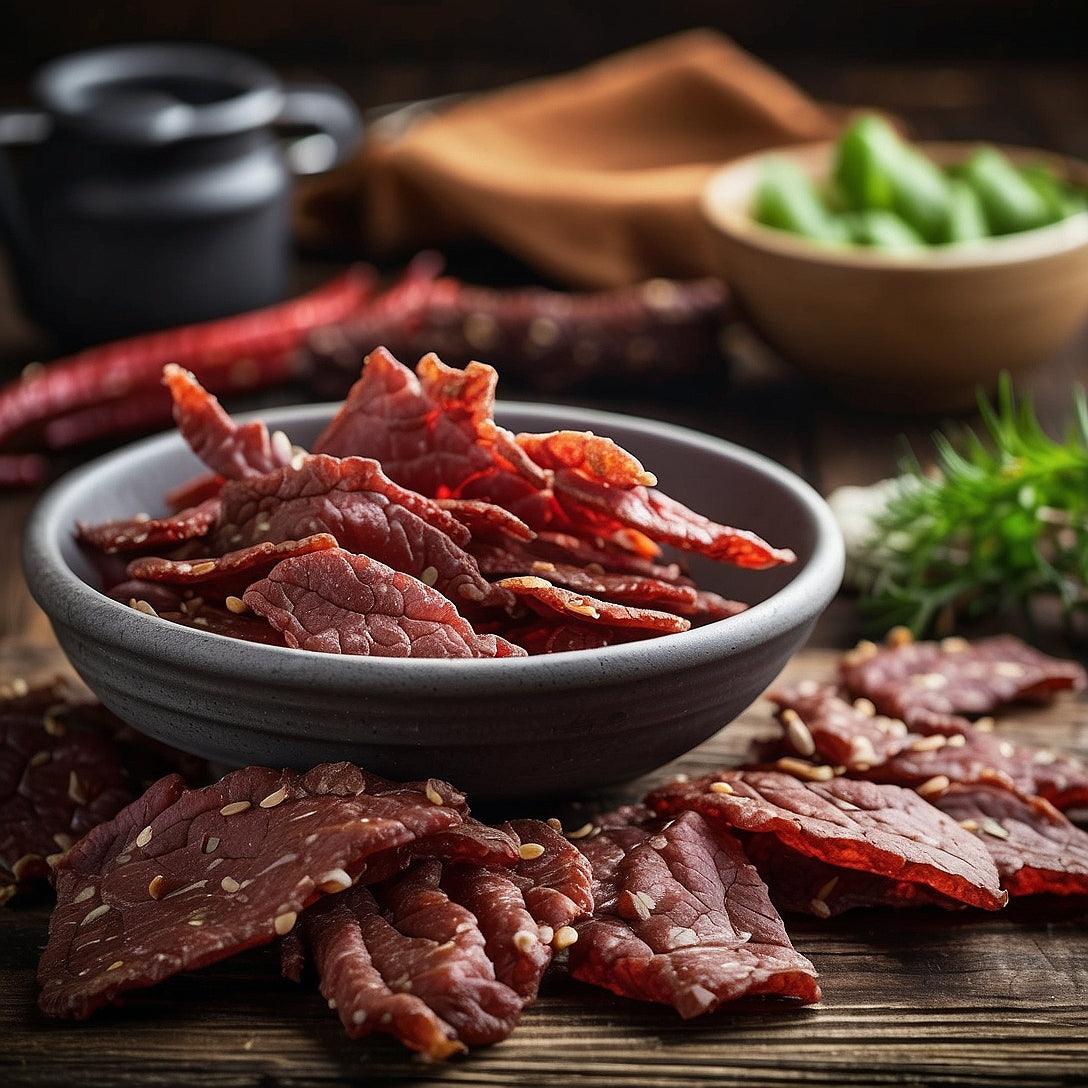The Evolution of Beef Jerky: From Survival Food to Gourmet Snack
The journey of beef jerky from a survival staple to a gourmet snack is a fascinating tale of adaptation, innovation, and cultural integration. This humble preserved meat, which originated as a necessity, has transcended its primal utility to become a beloved delicacy in the snack world. Let's delve into the evolution of beef jerky, exploring how it has transformed over time.
Ancient Origins and Practical Beginnings
The concept of drying meat for preservation is ancient, with roots tracing back to the world's earliest civilizations. Indigenous peoples across the globe, from the Native Americans to the indigenous tribes of South America and Africa, developed their own methods of drying meat to extend its shelf life. The Quechua tribe in South America, for instance, coined the term "ch'arki," meaning "dried meat," from which the word "jerky" is derived. This process allowed for the storage of meat, ensuring a protein source during times when fresh food was scarce.
The Journey Westward: Jerky and the Expansion of Civilizations
As explorers, traders, and settlers expanded their territories, jerky became an invaluable resource for long journeys. Its lightweight, compact nature and resistance to spoilage made it the perfect sustenance for explorers, soldiers, and pioneers alike. In the American West, beef jerky was a staple among cowboys and wagon trains, providing nourishment on the vast, often perilous treks across the continent.
Industrialization and the Birth of Commercial Jerky
The advent of industrialization brought significant changes to beef jerky production. What was once a homemade necessity began to enter the commercial market. Advances in technology, such as mechanical slicers and commercial dehydrators, standardized the production process, making jerky more accessible and consistent in quality. The introduction of vacuum-sealed packaging further extended its shelf life, enhancing its appeal as a convenient snack.
The Gourmet Revolution: A New Era for Jerky
In recent years, beef jerky has undergone a gourmet transformation, shedding its image as merely a tough, survival food. Artisanal producers and chefs have begun experimenting with high-quality cuts of meat, exotic flavors, and unique marinating techniques, elevating jerky to the status of a gourmet snack. This new wave of jerky incorporates flavors from around the world, catering to a more sophisticated palate and reflecting the global melting pot of culinary traditions.
Flavors and Ingredients
Today's jerky market boasts an array of flavors, from traditional smoky and peppery to innovative combinations like bourbon-infused, teriyaki, and even spicy ghost pepper. The use of premium ingredients, such as grass-fed beef and organic spices, appeals to health-conscious consumers looking for nutrient-dense, high-protein snacks.
Beyond Beef: The Expansion into Other Meats
The concept of jerky has also expanded beyond beef to include a variety of meats, such as turkey, bison, salmon, and even plant-based alternatives. This diversification caters to different dietary preferences and interests, further broadening jerky's appeal.
Conclusion
The evolution of beef jerky from a survival food to a gourmet snack is a testament to its enduring popularity and versatility. Through centuries of innovation and cultural exchange, jerky has remained a staple, continually adapting to meet the tastes and demands of each era. Today, as we enjoy jerky that ranges from the traditional to the exotic, it's clear that this time-honored snack has successfully made the leap from necessity to luxury, securing its place in the pantheon of beloved snacks.

